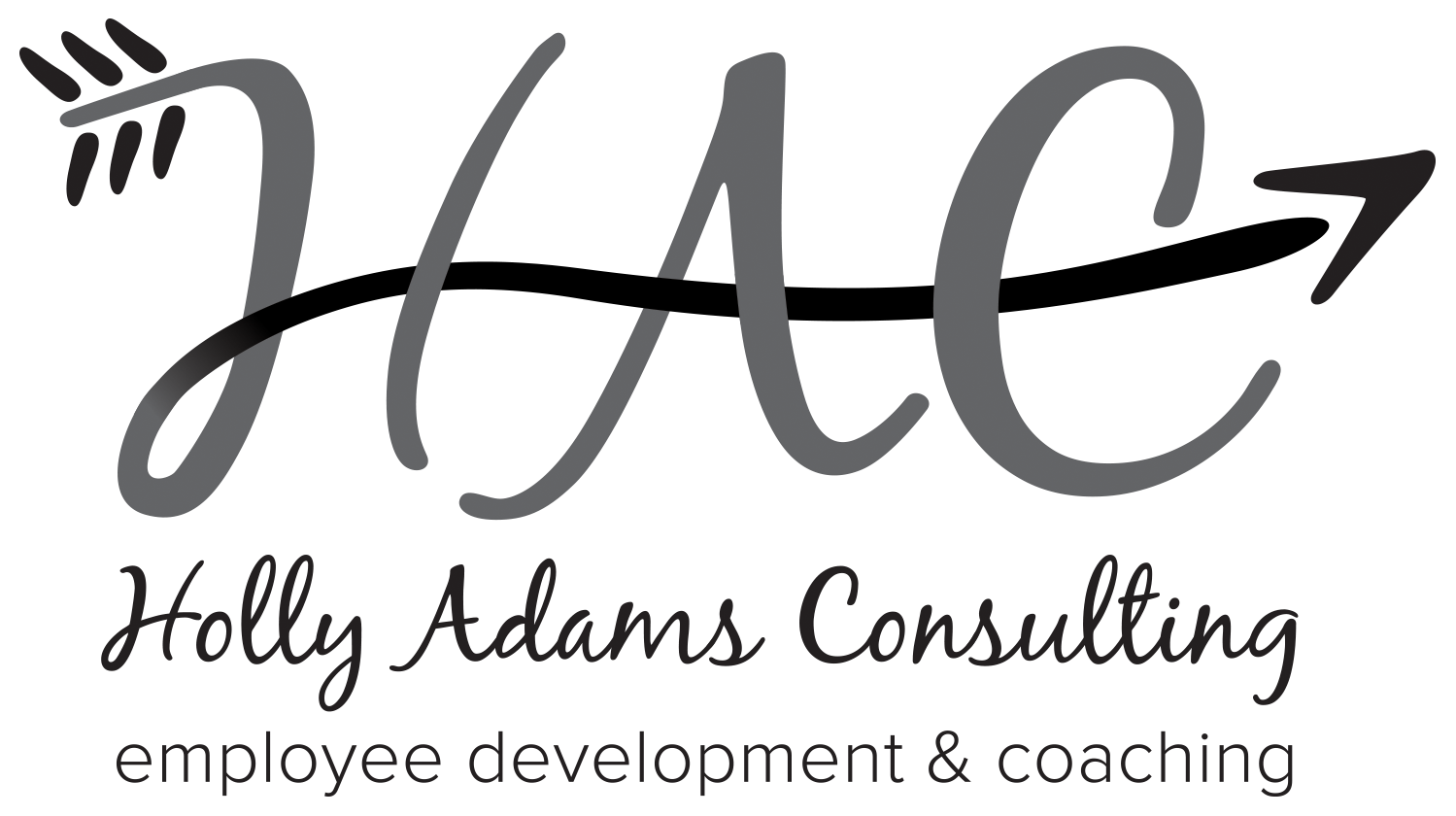Recently, the topic of assessments has been swirling around in my head. Not only have I taken several leadership assessments in recent years, but lately, I’ve considered which assessments and tools to use in my consulting practice. I appreciate the common vocabulary these tools can provide. When an entire organization is exposed to the same tool/assessment, it’s easier to discuss the results and implications with colleagues and recognize the strengths of different ways of thinking. But if you’ve never taken the Myers-Briggs Type Indicator, then my type of ISFJ means nothing to you. Nor would the fact that I’m a High S, a Green, a Questioner/Rebel, a Relator, etc. The value an assessment brings is limited by a mutual understanding of the label.
The conversation started as a story about a group of people who helped a homeless alcoholic find a treatment program. A friend shared the details of how a business owner collected funds to make it financially possible. When another friend said, “It’s good to hear a story about someone looking at another person as a human,” the simplicity of that notion resonated with me. We continued the conversation. It included a story about a CEO with a silly side that most people don’t know about, but would likely appreciate. It continued with my experience with another CEO who listed, with ease, the different non-work-related topics she discussed with her employees. She talked to Jennifer about mountain biking. She loved to ask Sam about the concerts he attended. She knew Rachel always had travel plans brewing.
Reflecting on the characteristics of influential leaders I’ve worked with, I noticed a commonality in the approach. The methods may differ based on the personality of the individual, but all of the positive connection points were based on the ability to see others as humans. Simple interactions, such as a conversation about non-work-related topics, are extremely powerful.
Seen, respected, valued. As employees and humans.
Sometimes you don’t need fancy concepts to make a difference in someone else’s life, especially as a leader. See your colleague, patient, customer, student, partner, and manager as a human.
How do you look beyond the label to interact with the human?
https://www.linkedin.com/in/holly-adams-54b1b914/
https://www.facebook.com/HollyAdamsConsulting/



